<p>For retail businesses managing high-value inventory, proper storage is more than just organization – it’s about protecting your investment. Whether you’re storing designer clothing, luxury accessories, or premium electronics, climate-controlled storage solutions are essential for maintaining inventory quality and value. This comprehensive guide will help you master the art of protecting your high-end retail inventory.</p>
<h2>Why Climate-Controlled Storage Matters for Retail Inventory</h2>
<p>High-value retail items are particularly susceptible to environmental damage. Temperature fluctuations, humidity, and poor air quality can significantly impact:</p>
<ul>
<li>Fabric quality and longevity</li>
<li>Electronic component reliability</li>
<li>Product packaging integrity</li>
<li>Overall inventory value</li>
</ul>
<h2>Choosing the Right Storage Environment</h2>
<p>When selecting a climate-controlled storage solution for your retail inventory, consider these essential factors:</p>
<h3>Temperature Control</h3>
<p>Maintain consistent temperatures between 65-75°F (18-24°C) to protect:</p>
<ul>
<li>Delicate fabrics and materials</li>
<li>Electronic components</li>
<li>Specialty packaging</li>
</ul>
<h3>Humidity Management</h3>
<p>Keep relative humidity between 45-55% to prevent:</p>
<ul>
<li>Mold and mildew growth</li>
<li>Material degradation</li>
<li>Corrosion on metal components</li>
</ul>
<h2>Organization Strategies for High-Value Inventory</h2>
<p>Implement these professional organization techniques to maximize protection and accessibility:</p>
<h3>Inventory Mapping</h3>
<ul>
<li>Create detailed layout plans</li>
<li>Use digital inventory tracking systems</li>
<li>Implement clear labeling protocols</li>
</ul>
<h3>Storage Unit Setup</h3>
<ul>
<li>Install proper shelving systems</li>
<li>Use protective covers and containers</li>
<li>Create clear aisles for accessibility</li>
</ul>
<h2>Monitoring and Maintenance</h2>
<p>Regular monitoring ensures your inventory remains in optimal condition:</p>
<h3>Environmental Monitoring</h3>
<ul>
<li>Install temperature and humidity monitors</li>
<li>Set up alert systems for environmental changes</li>
<li>Keep detailed monitoring logs</li>
</ul>
<h3>Regular Maintenance</h3>
<ul>
<li>Schedule routine inspections</li>
<li>Clean and organize regularly</li>
<li>Update inventory records consistently</li>
</ul>
<h2>Security Considerations</h2>
<p>Protect your high-value inventory with comprehensive security measures:</p>
<ul>
<li>Advanced access control systems</li>
<li>Security cameras and monitoring</li>
<li>Insurance coverage for stored items</li>
<li>Regular security audits</li>
</ul>
<h2>Emergency Preparedness</h2>
<p>Develop comprehensive emergency plans for:</p>
<ul>
<li>Power outages</li>
<li>Natural disasters</li>
<li>Equipment malfunctions</li>
<li>Security breaches</li>
</ul>
<h2>Cost Management Tips</h2>
<p>Maximize your storage investment with these cost-effective strategies:</p>
<ul>
<li>Optimize space utilization</li>
<li>Implement inventory rotation systems</li>
<li>Monitor utility usage</li>
<li>Compare storage unit sizes and features</li>
</ul>
<h2>Conclusion</h2>
<p>Protecting high-value retail inventory requires careful planning, proper climate control, and consistent monitoring. By following these guidelines, you can ensure your valuable merchandise remains in pristine condition while maintaining its market value. Remember that investing in proper storage solutions is ultimately an investment in your business’s success.</p>


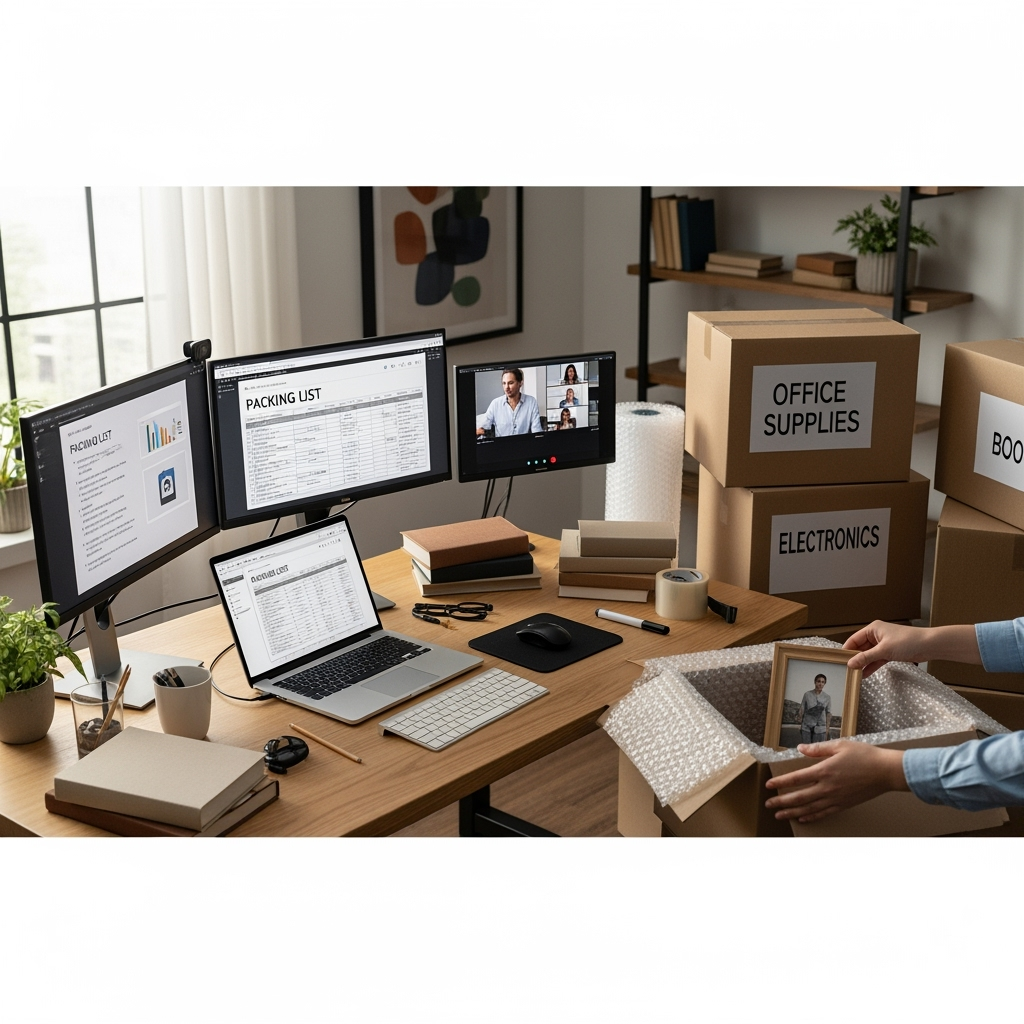


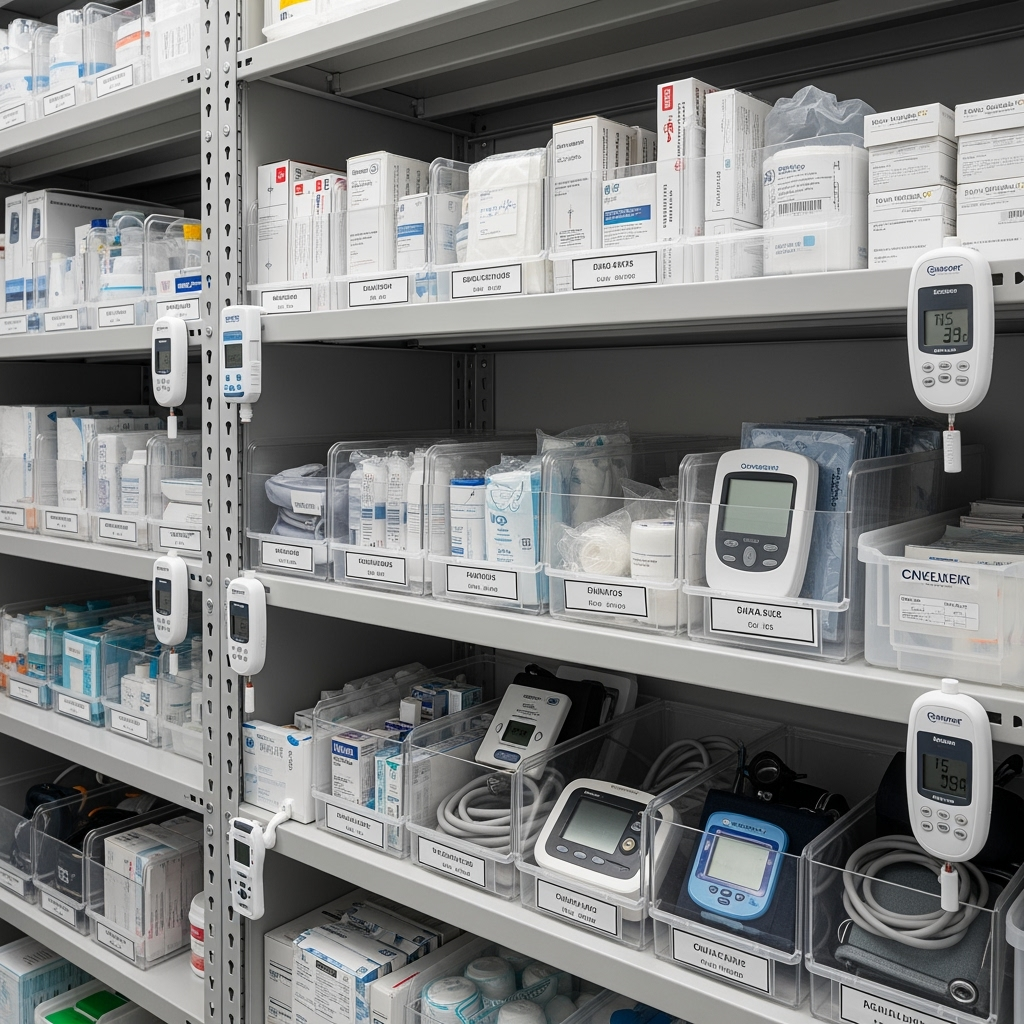
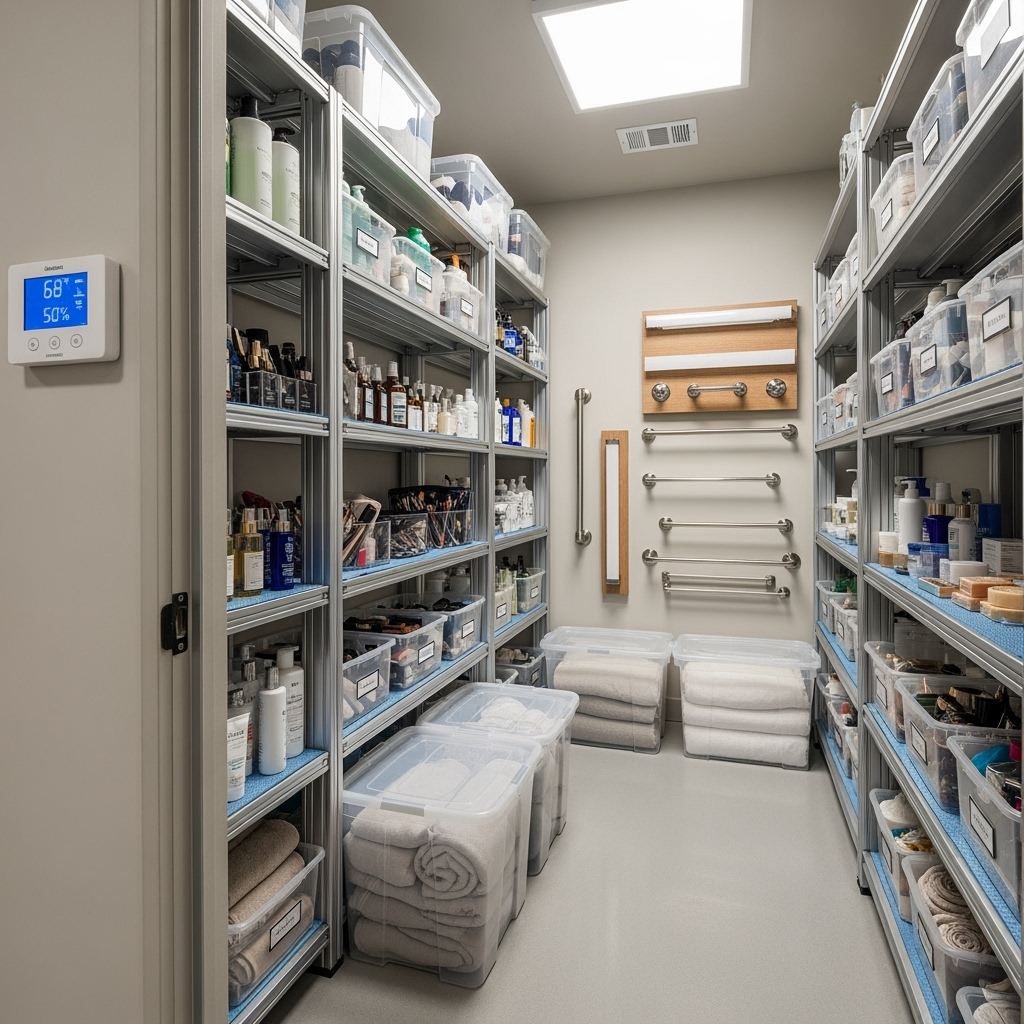
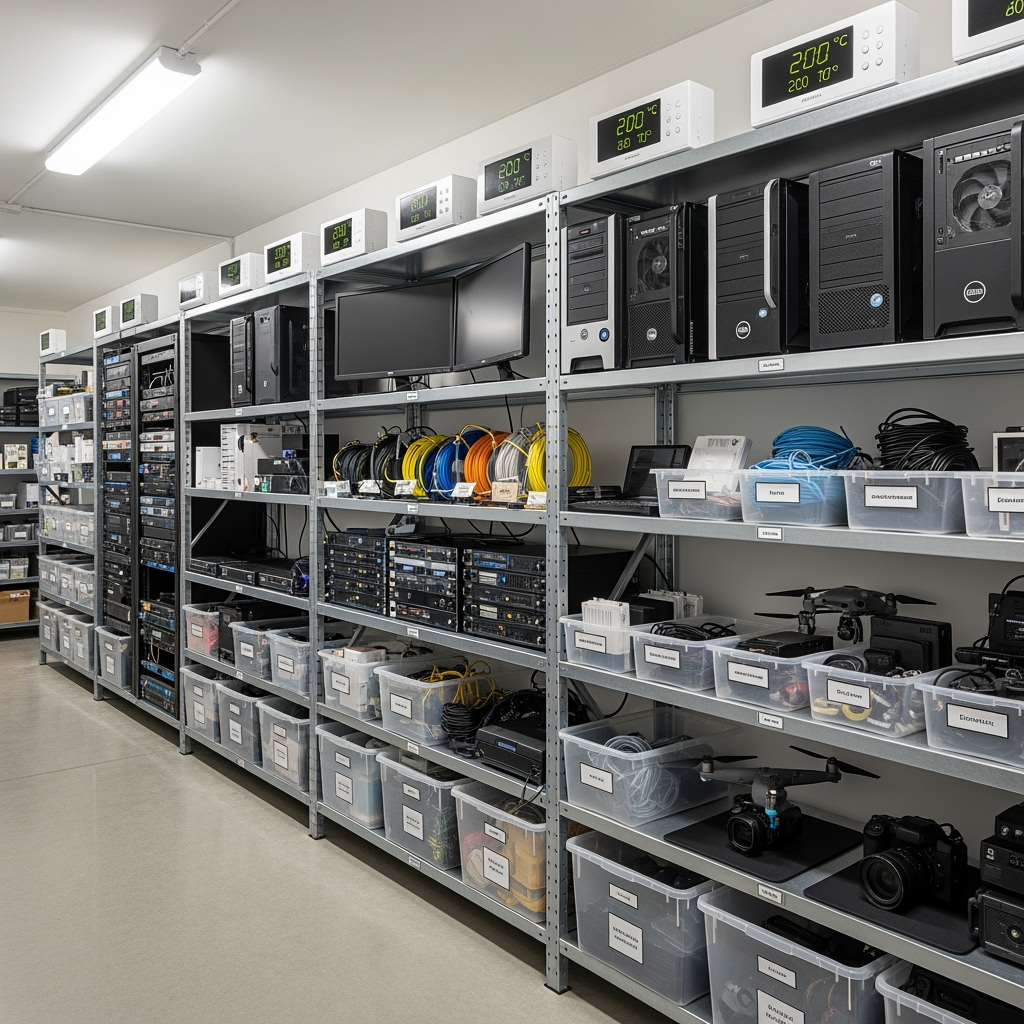
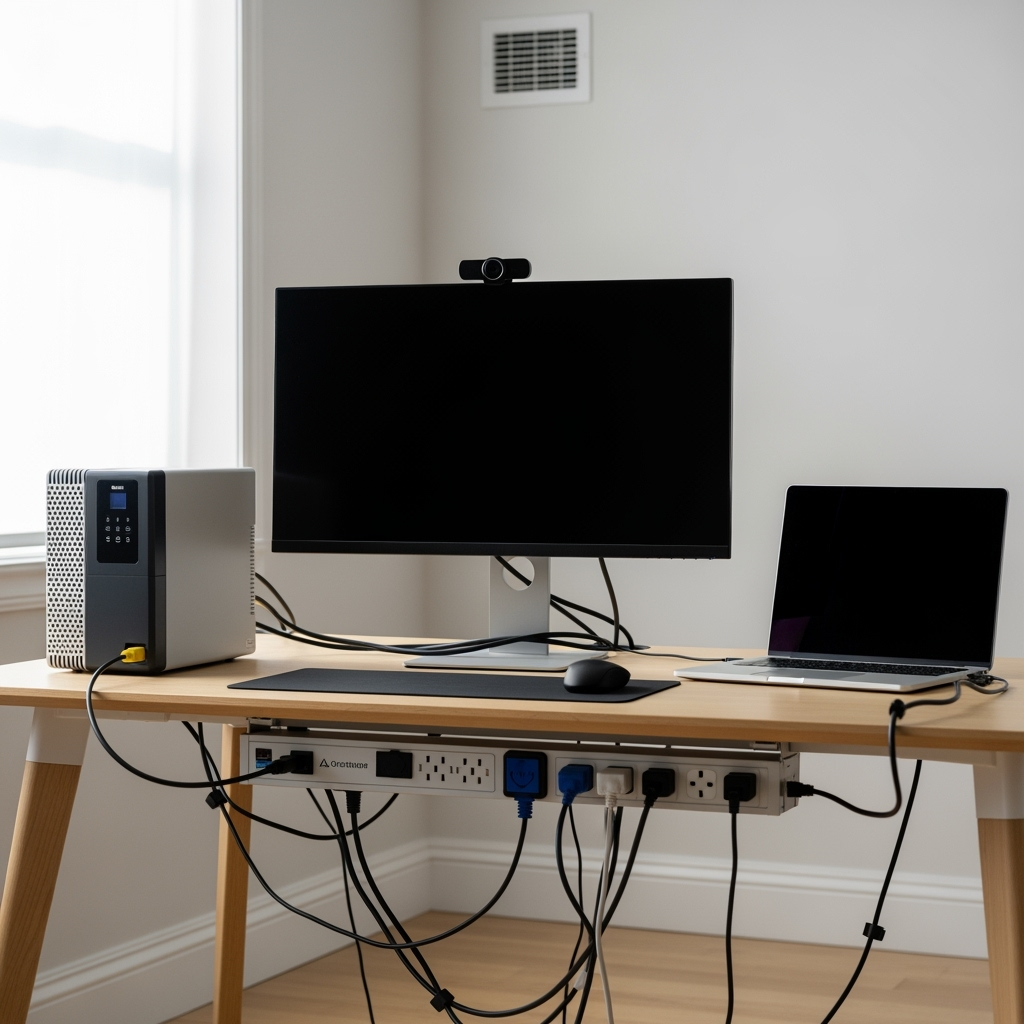
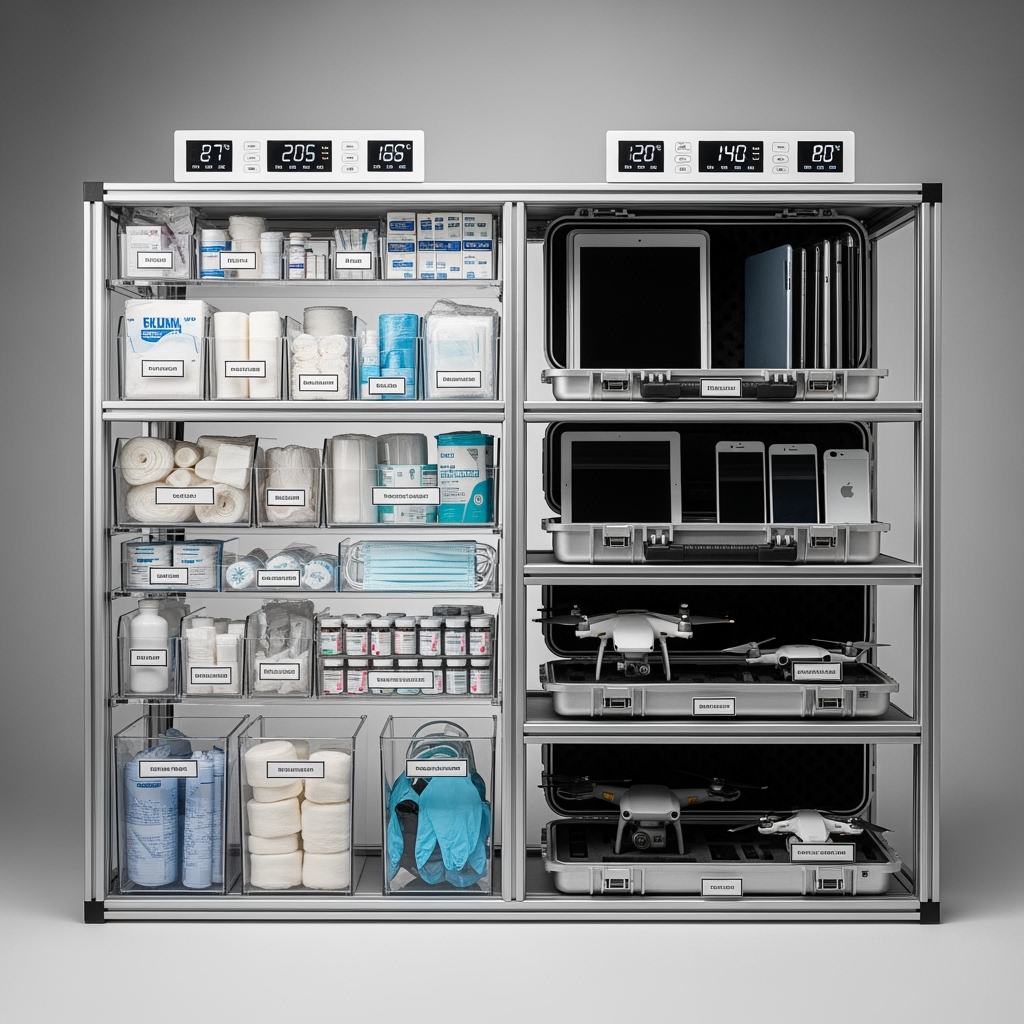
Leave a Reply